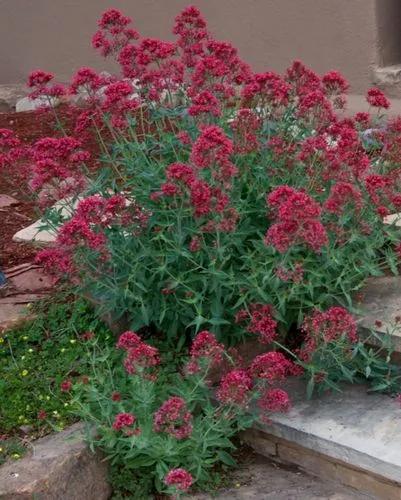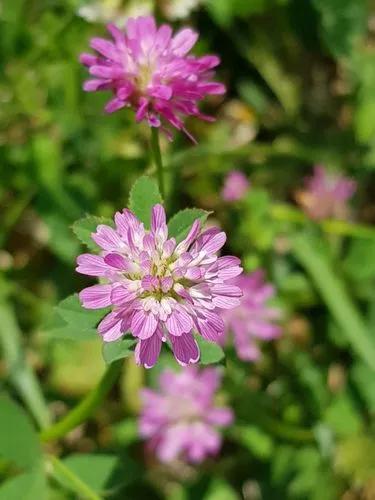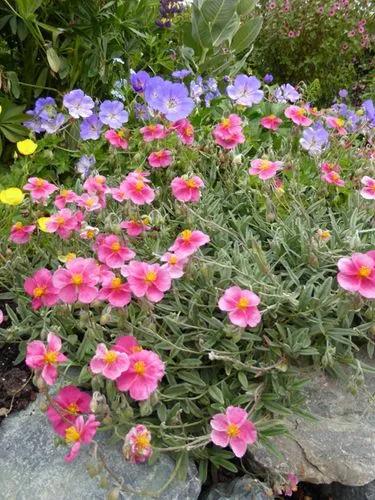This unique-looking, perennial, succulent vine will impress both by its looks and its smell. A rare addition to any collection.
String of dolphins Care
Senecio peregrinus
Other names: Dolphin Plant



Native to Africa, this succulent gets its name from its uniquely shaped leaves that resemble jumping dolphins.
It can be identified by light green to greyish leaves that are partially see-through. It flourishes in fall and winter, producing delicate white flowers that exude a cinnamon-like scent.
An incredibly unique and delicate plant that is considered rare.
How to Care for the Plant

Water

String of Dolphins is prone to root rot, so watering needs to be done in spaced watering sessions. Always allow the soil to dry between watering sessions. This plant can tolerate small periods of drought.

Pruning

From a regular pot, it doesn’t grow above 6 inches (15 cm), while a hanging position will allow it to grow beyond 40 inches (100 cm) long. Pruning can be done to meet any aesthetic preferences or to stimulate growth.

Fertilizer

This succulent doesn’t require any specific fertilization practices.

Sunlight

Indirect light and partial shade are ideal. Remember, the higher the sun exposure, the leafier String of Dolphins gets. Extreme sun exposure causes leaf burning.

Soil

There are no specific soil preferences as long as it’s well-drained soil and contains organic matter.

Propagation

It can be propagated by stems or by allowing parts of the existing stems to grow roots. This is done by repeated and prolonged contact with soil, which can be separated from the mother plant after two to three weeks. This new plant can then be repotted and taken to its designed new location.

Temperature

The ideal temperature ranges between 65-85 ºF (18-30 ºC). Keep in mind that String of Dolphins doesn’t tolerate frost or intense cold.

Container

In order to fully display its splendor, a hanging basket or container is best. Make sure it has drainage holes.

Fun fact

Senecio peregrinus isn’t truly a species but a hybrid between Senecio rowleyanus (String of pearls) and Senecio articulatus.

Popularity

6,147 people already have this plant 1,722 people have added this plant to their wishlists
Discover more plants with the list below
Popular articles






